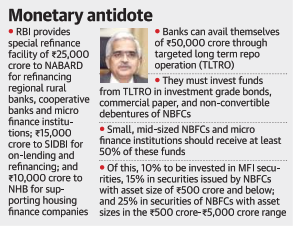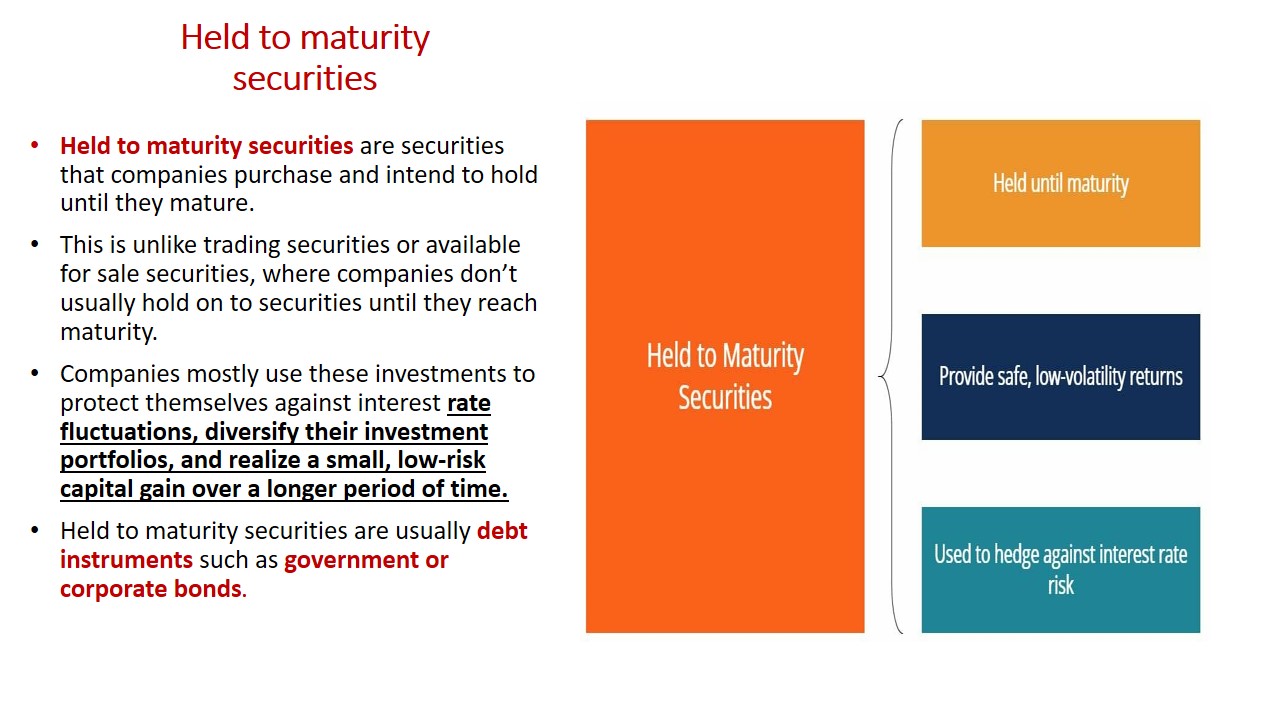17th & 18th April 2020 Current Affairs in English

17th & 18th April 2020 Current Affairs in English – Today Current affairs PDF link available below.
Dear Aspirants, we (Vetripadi.com team) have come with Daily Current affairs analysis. It is prepared to crack the various competitive exams. We are here to make sure your preparation easy. We will update the current affairs every day. It will help for both preliminary and mains (facts oriented with background information) for your preparation. We need you support.
VETRIPADI Daily Newsletter
வெற்றிப்படி.காம் | வெற்றிக்கு நீ படி!!!
Daily Current affairs for Competitive
Exams ( UPSC, TNPSC, SSC)
17th & 18th APRIL 2020
TABLE OF CONTENTS
- Zoom not a safe platform, says MHA
- HC plea seeks measures for domestic violence victims
- Mumbai team develops ‘voicebased test
- RBI to pump in ₹1 lakh crore
- Minor forest produce in exemption
- Kisan Rath will link farmers to transport options
- New indigenous kit may soon accelerate testing
- NBFCs get ₹50,000cr. liquidity booster
1. Zoom not a safe platform, says MHA
Information in News
- The Ministry of Home Affairs (MHA) has issued an advisory that Zoom video conference is not a safe platform.
- The software used in the online platform is said to be made in China and some calls were being routed through servers in China.
- U. S. based Zoom video communication has seen an exponential rise in usage in India as office-goers remain at home owing to the lockdown triggered by the COVID-19 pandemic.
- The Indian Computer Emergency Response Team (CERT-In) issued two advisories
- Insecure usage of the platform may allow cyber criminals to access sensitive information such as meeting details and conversations.
- Multiple vulnerabilities had been reported in the videoconferencing platform which could allow an.
- Several Ministries have been using the Zoom platform to convene official meetings.
- So, An MHA official said that all official video conferences were arranged by National Informatics Centre (NIC) and they were cautious to not use Zoom.
- Yuan zoom CEO admitted some lapses and committed to addressing two primary topics raised by the Citizen Lab — geo-fencing and meeting encryption.
- Citizen Lab, based at the University of Toronto, found “significant weakness” in Zoom’s encryption and Zoom’s infrastructure, including observing the transmission of meeting encryption keys through China.
2. HC plea seeks measures for domestic violence victims
Information in News
- The Delhi High Court is likely to hear on Friday a plea seeking to implement immediate and effective measures for victims of domestic violence and child abuse amidst COVID-19 lockdown.
- The petition has been filed by NGO — All India Council of Human Rights, Liberties & Social Justice (AICHLS)
All India Council of Human Rights, Liberties & Social Justice (AICHLS)
- All India Council of Human Rights, Liberties & Social Justice (AICHLS) is founded by Dr. Anthony Raju – Advocate , Supreme Court of India, Dynamic Internationally accredited Human Rights Defender, Inspirational, spritual and motivational speaker , Peace Activist & Social Worker and is one of global’s foremost voices of Human Rights and powerful voice for voiceless people globally.
- All India Council of Human Rights, Liberties and Social Justice is an independent, nongovernmental organization, non political NGO supported by contributions from private individuals, Memberships and foundations worldwide.
- It accepts no government funds, directly or indirectly.
- All India council of human rights, liberties & social justice has been added as signatory to UNITED NATION GLOBAL COMPACT.
- The world’s largest corporate responsibility initiative with nearly 12,000 business and non-business participants in 140 countries.
- All India Council of Human Rights, Liberties & Social Justice (AICHLS), is a duly registered Society under the Societies Registration Act XXI of 1860,
- It is functioning with commitment to the Noble Cause of Human Rights Protection and Promotion, Justice for All, Economic Upliftment of the Underprivileged, Education, Love, Peace, Harmony and Friendship, National & International Integration by Exchange of Ideas & Ethos in India and also amongst the neighboring countries and the people of the rest of the World at large.
3. Mumbai team develops ‘voice based test
Information in News
- AI tool analyses noise distortion to identify if a person could be infected
- A university in Rome is conducting a pilot run for a patented artificial intelligence-based tool developed by three biotechnology students and a professor from Mumbai, which they claim can test COVID-19 through voice-based diagnosis using a smartphone.
- The tool is being tested by the University of Tor Vergata in Rome and has already been tested on 300 individuals.
- The tool is based on a voice-based diagnosis through an app.
- This tool is being currently used by the University of Rome to detect COVID-19 patients with 98% accuracy, who supervised the project.
- As someone speaks to the microphone on the app, the tool breaks down the voice in multiple parameters such as frequency and noise distortion. These values are then compared to a normal person’s values and the patented technique then determines if the patient is positive or not.
4. RBI to pump in ₹1 lakh crore
Information in News
- The Reserve Bank of India (RBI) on Friday announced a slew of liquidity measures to ease financial stress and increase credit flows, while indicating that more room was likely to emerge for reduction in interest rates as inflation softens.
Measures taken by RBI
- Liquidity infusion of Rs. 1 lakh crore, of which Rs. 50,000 crore is exclusively for non-banking finance companies (NBFCs), via banks.
- The NBFCs have experienced liquidity shortage since banks have not offered them any moratorium for repayment, while these entities have had to extend the moratorium option to their customers.
- The RBI will extend another Rs. 50,000 crore to refinancing agencies like Nabard, Sidbi and National Housing Bank.
- Separately, It has increased the ways and means advances (WMA) limits of States by 60%, over and above the level as on March 31, 2020.
- On April 1, the RBI increased the limit by 30%. The increased limit will be available till September 30, 2020.
Significance
- The move was aimed at providing greater comfort to the States for undertaking containment and mitigation efforts.
- To plan market borrowing programmes better.
- To ease financial stress and increase credit flows.
5. Minor forest produce in exemption
Information in News
- The Ministry of Home Affairs (MHA) has added the collection, harvest and process of minor forest produce to the list of activities that will be permitted.
- Minor forest produce include non-timber items such as bamboo, roots, seeds, fruits, flowers and plants.
- A number of people from the Scheduled Tribes and other forest dwelling communities depend on the collection and sale of such items for their livelihood.
6. Kisan Rath will link farmers to transport options
Information in News
- In a bid to ease the disruption of agricultural supply chains, especially for perishable produce, the Agriculture Ministry has launched a Kisan Rath mobile application.
- It will connect farmers and traders to a network of more than 5 lakh trucks and 20,000 tractors.
- The application, developed by the National Informatics Centre, is meant to help farmers and traders who are searching for vehicles to move produce.
- This includes primary transport from the farm to the mandis, local warehouses or the collection centres of farmer producer organisations, as well as the secondary transport from the local mandis to intra-and inter-State mandis, processing units, railway stations, warehouses or wholesalers.
- The application will lead to on-boarding of over 5 lakh trucks through transport aggregators as well as 20,000 tractors from the custom hiring centres run by farmer groups.
- Refrigerated vehicles will also be available.
- It will be a stepping stone towards provision of timely transportation service at competitive rates for farmers and traders, besides achieving a reduction in food wastage.
7. New indigenous kit may soon accelerate testing
Information in News

- A research laboratory funded by the Department of Science and Technology has developed a rapid diagnostic test that can potentially speed up the testing of a batch of suspected COVID-19 samples by 15 times and cut costs by two-thirds.
- The Chitra GeneLAMP-N, made by scientists at the Sree Chitra Tirunal Institute for Medical Sciences and Technology (SCTIMST), Thiruvananthapuram, has already been licensed to Agappe Diagnostics Ltd., an Ernakulam-based company.
- It has developed a diagnostic test kit that can confirm #COVID19 in 2 hours at a low cost.
- Though qualified by the National Institute of Virology’s sister organization, NIV Alappuzha as fit to be offered as a diagnostic, the kit awaits formal approval by the Indian Council for Medical Research and its manufacturers, and a licence from the Central Drugs Standard Control Organisation.
Rapid-Reverse Transcriptase Polymerase Chain Reaction (RT-PCR)
- Rapid-Reverse Transcriptase Polymerase Chain Reaction (RT-PCR) tests are considered the gold standard for detecting the virus.
- It involves extracting RNA from a swab, collected from the throat or nose, converting it into DNA, magnifying the quantity of DNA and using chemical probes to bind target genes that distinguish SARS-CoV2 from other viruses.
- While it takes two hours to extract RNA from a given batch of samples, the analysis can take two-and-a-half hours to detect the presence (or absence) of virus in a given batch.
Chitra GeneLAMP-N
- By employing its in-house technology called reverse transcriptase loop-mediated amplification of viral nucleic acid (RT-LAMP), it zooms in on regions of the virus’ nucleocaspid (N) gene and can analyse a batch in 10 minutes.
- It detected 100% of all reference COVID samples and successfully detected 100% of non-COVID samples.
- A total of 30 samples can be tested in a single batch and the unit consists of an RNA extraction machine, which too is locally developed.
- Probes, a critical aspect of PCR testing and frequently imported, for this test can be procured from several places in India.
- Everything can be made and developed in India, except for some sensors in the analysis machine
- Most RT-PCR kits focus on two different genes,
- The E (envelope) gene and
- The RdRP (RNA dependent RNA polymerase) gene.
- The WHO recommends a E and RdRP test.
N Gene test
- While the S.’s Centres for Disease Control requires an N Gene test.
- The N-Gene test is a confirmatory test and widely employed in Germany and China among other countries.
- However, the design of it is complicated and can be expensive.
- However, they managed to develop it satisfactorily while keeping costs low. The CDC protocol says three regions of the N gene must be analysed but the Chitra-model tests two to confirm the identity of the virus.
8. NBFCs get ₹50,000cr. liquidity booster
Information in News

- Banks to get funding via targeted long-term repo operation, invest in CP, NCDs, bonds of these entities.
- The Reserve Bank of India (RBI) has announced a host of measures to provide liquidity support to non-banking financial companies (NBFCs), apart from giving them certain benefits for loans extended to the commercial real estate sector.
- To begin with, banks have to invest the funds availed under targeted long-term repo operation (TLTRO), in investment grade bonds, commercial paper, and non-convertible debentures of NBFCs.
- RBI stipulated that small and mid-sized NBFCs and micro-finance institutions (MFIs) should receive at least 50% of these funds.
- Banks can avail ₹50,000 crore through the targeted long-term repo operation.
- The RBI clarified that investments made by banks under this facility would be classified as ‘held-to-maturity’ (HTM), even in excess of 25% of the total investment permitted to be included in the HTM portfolio.
- The regulator has also allowed non-banking institutions to extend the date for commencement for commercial operations (DCCO) by an additional one year, without treating the same as restructuring, if the project is delayed due to reasons beyond the control of the promoter.
- The RBI has also decided to provide special refinance facility of ₹50,000 crore to NABARD, SIDBI and NHB to enable them to meet sectoral credit needs.
Significance
- It will ease the liquidity problem faced by NBFCs and MFIs to some extent, if their lender bank does not provide moratorium on payment of instalment and interest which they are extending to their customers.
Targeted Long Term Repo Operations (TLTROs)
- Targeted Long Term Repo Operations (TLTROs) as a tool to enhance liquidity in the system, particularly the corporate bond market.
- LTRO is a tool that lets banks borrow one to three-year funds from the central bank at the repo rate, by providing government securities with similar or higher tenure as collateral.
- It is called ‘Targeted’ LTRO
- as in this case, the central bank wants banks opting for funds under this option to be specifically invested in investment-grade corporate debt.
- This helps banks get funds for a longer duration as compared to the short-term (up to 28 days) liquidity provided by the RBI through other tools such as liquidity adjustment facility (LAF) and marginal standing facility (MSF).
- LTROs provide banks with access to cheaper capital from the RBI. This, in turn, encourages them to lend more and spur economic activity. They can also invest these long-term funds in assets that yield better returns to improve profitability.
- Also, as banks provide government securities as collateral, the demand for such government bonds increases and helps in lowering yield.
- LTRO was first introduced by the European Central Bank during its sovereign debt crisis that began in 2008. LTRO was an acronym coined by the ECB that stood for “long-term refinancing operations”.
- The banks will have to maintain the amount of specified securities for the amount received in TLTRO in its HTM book at all times until the maturity of TLTRO.
- There is no maturity restriction on the specified securities to be acquired under the TLTRO scheme. However, the outstanding amount of specified securities in the bank’s HTM portfolio should not fall below the level of amount availed under the TLTRO scheme.

PDF Download Here
Tags : current affairs 2020 100, current affairs 2020 jan, current affairs 2020 pdf, current affairs 2020 quiz, current affairs 2020 hindi, current affairs 2020 india, current affairs 2020 today, current affairs 2020 nigeria, current affairs 2020 questions, current affairs 2020 in tamil, current affairs 2020 gk today, current affairs 2020 in english, current affairs 2020 gd topics, current affairs 2020 pdf download, current affairs 2020 in hindi pdf, current affairs 2020 questions and answers, current affairs 2020 january in affairs cloud,TNPSC Current Affairs 2020, current affairs in tamil, best current affairs for tnpsc exams, tnpsc group 4 current affair, tnpsc group 2 current affairs, tnpsc group 2a current affairs, tnpsc group 1 current affairs, tnpsc current affairs 2019

